Photo-realistic Images with Stable Diffusion XL (SDXL 1.0)
Photography is no longer limited to capturing reality. With SDXL 1.0, we can now craft astonishingly lifelike images from textual descriptions.

Photography, a timeless art form, has always been about capturing moments and telling stories. Over the years, technological advancements have reshaped its landscape, and today, we find ourselves on the brink of yet another transformative shift, courtesy of generative artificial intelligence (AI).
Stable Diffusion XL (SDXL 1.0) stands at the forefront of this evolution. This powerful text-to-image generative model can take a textual description—say, a golden sunset over a tranquil lake—and render it into a digital image so lifelike, it's hard to believe it wasn't captured with a camera.
But how do we bridge the gap between textual prompts and photorealistic images? In this exploration, we'll delve into constructing text-to-image prompts using foundational photography concepts.
Best Photorealistic SDXL Models
- Realvis SDXL: RealVis XL, built on the SDXL framework, is adept at producing hyper-realistic images. Its prowess lies in crafting human figures so detailed that they're indistinguishable from real-life, especially in areas like skin and hair texture, and body proportions.
- Copax Timeless SDXL: Copax TimeLessXL is a cutting-edge diffusion model dedicated to a broad range of artistic styles. Prioritizing style diversity over genre limitations, it allows users to craft captivating images. Continuously evolving, it boasts enhanced character and facial details.
- Dreamshaper SDXL: Models from the Dreamshaper series, built on the SD 1.5 framework, are highly sought-after checkpoints on Stable Diffusion due to their adaptability. They're capable of crafting everything from human figures to video game characters, from vibrant digital art to classic paintings, and virtually any other conceivable design. The newest addition, the Dreamshaper XL, harnessing the power of SDXL, elevates this capability, outperforming its predecessors in every aspect!
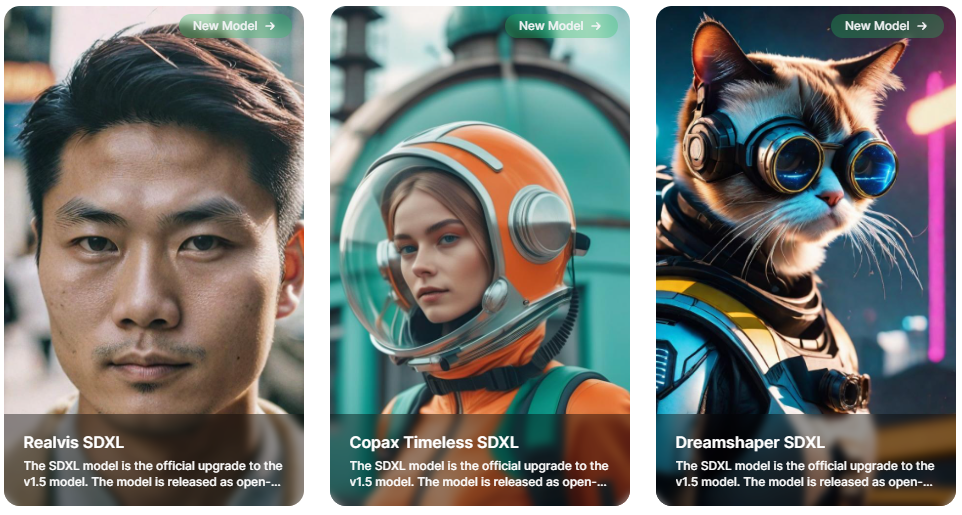
Key Concepts in Photographic Imagery
Before diving into the construction of prompts for generating photography images, it's essential to grasp some foundational concepts that have defined the art and science of photography for decades. Here's a brief overview:
The Exposure Triangle
The exposure triangle is a fundamental concept in photography, encapsulating three pivotal elements that determine how light or dark an image will be: aperture, shutter speed, and ISO. Balancing these elements is key to achieving the desired exposure, with adjustments in one often necessitating changes in the others.
a. Aperture (f-stop): Dictates the lens opening size. A larger aperture (e.g., f/1.8) allows more light and creates a shallow depth of field, blurring the background. A smaller aperture (e.g., f/16) lets in less light but sharpens more of the scene.
b. Shutter Speed: Governs how long the sensor is exposed to light. Fast speeds (e.g., 1/1000 sec) freeze motion, while slower speeds (e.g., 1/30 sec) can introduce motion blur, capturing movement or artistic effects.
c. ISO: Measures sensor sensitivity to light. Lower ISO (e.g., 100) is best for bright conditions with minimal noise, while higher ISO (e.g., 3200) aids in low-light but can add graininess.
Camera Type
Different cameras offer varied imaging experiences. Mirrorless cameras are compact, ideal for dynamic scenes. DSLRs are versatile with a range of lens options and an optical viewfinder. Full Frame cameras, with their large sensors, excel in capturing detail and perform well in low-light.
Camera Lens
The lens choice can transform an image. From wide-angle lenses capturing vast landscapes to telephoto lenses zooming in on distant subjects, the lens shapes the image's perspective and depth.
Camera Angles
The shot's angle can change its narrative. A Low Angle elevates the subject, a High Angle diminishes it, and a Normal Angle offers a straightforward perspective.
Shot Types
The amount of a scene or subject in view is determined by the shot type. Full Shots show the entire subject, Medium Shots focus from the waist up, Close-Ups emphasize details, and Extreme Close-Ups magnify minute features.
Camera Eye Line
The camera's position relative to the subject's eyes can influence the image's feel. A Normal eye line connects directly with viewers, a Low eye line can convey superiority, and a High eye line might suggest introspection.
Lighting Conditions
Light is pivotal in photography. The mood and tone can shift from the softness of the golden hour to the contrasts of midday or the mysteries of nighttime.
Type of Images
Photography genres dictate composition and focus. Portraits capture individuals, Landscapes showcase scenes, Motion Blurs convey speed, while other genres like Macro, Street, and Architectural photography offer unique perspectives and narratives.
While this is not an exhaustive list, by understanding these concepts, we can craft precise prompts for Stable Diffusion, guiding it to produce images that resonate with the depth of genuine photography.
Structure of Photography Prompt
In the realm of generative AI, the prompt serves as the bridge between intent and outcome. Especially in photography, where every nuance matters, structuring the perfect prompt becomes paramount. In this section, we'll delve into the basic structure for crafting text prompts specific to photography, ensuring that Stable Diffusion XL translates our vision into a visual masterpiece.
Prompt Structure:
1. Subject & Type of Image: A brief description of the main subject or scene and the photographic genre (e.g., Portrait, Landscape, Motion Blur, Macro, Street, Architectural).
2. Details & Shot Type: Specific attributes about the subject or scene, paired with the desired shot type (e.g., Full Shot, Medium Shot, Close-Up, Extreme Close-Up).
3. Environment & Camera Angles: Context about the surroundings or setting, combined with the camera angle preference (e.g., Low Angle, High Angle, Normal Angle).
4. Mood & Lighting Conditions: The ambiance or emotions to convey, together with the desired lighting conditions (e.g., golden hour, midday contrast, nighttime ambiance).
5. Equipment:
- Camera Type: Camera selection (e.g., Mirrorless, DSLR, Full Frame).
- Camera Lens: Specific lens choice or focal length range.
- Camera Eye Line: Position relative to the subject's eyes (e.g., Normal, Low, High).
6. Exposure & Style:
- Aperture (f-stop): Desired lens opening size (e.g., f/1.8, f/16).
- Shutter Speed: Preferred exposure duration (e.g., 1/1000 sec, 1/30 sec).
- ISO: Sensor sensitivity setting (e.g., 100, 3200).
Here is an example:
2. [Details & Shot Type]: Curly-haired toddler laughing, clutching a teddy bear; Full Shot
3. [Environment & Camera Angles]: Playground with other children in the background; High Angle
4. [Mood & Lighting Conditions]: Pure joy and innocence; bright midday with playful shadows
5. [Exposure & Style]: Aperture (f-stop): f/4, Shutter Speed: 1/800 sec, ISO: 200
6. [Equipment]: Camera Type: Full Frame, Camera Lens: 35mm prime lens, Camera Eye Line: Low
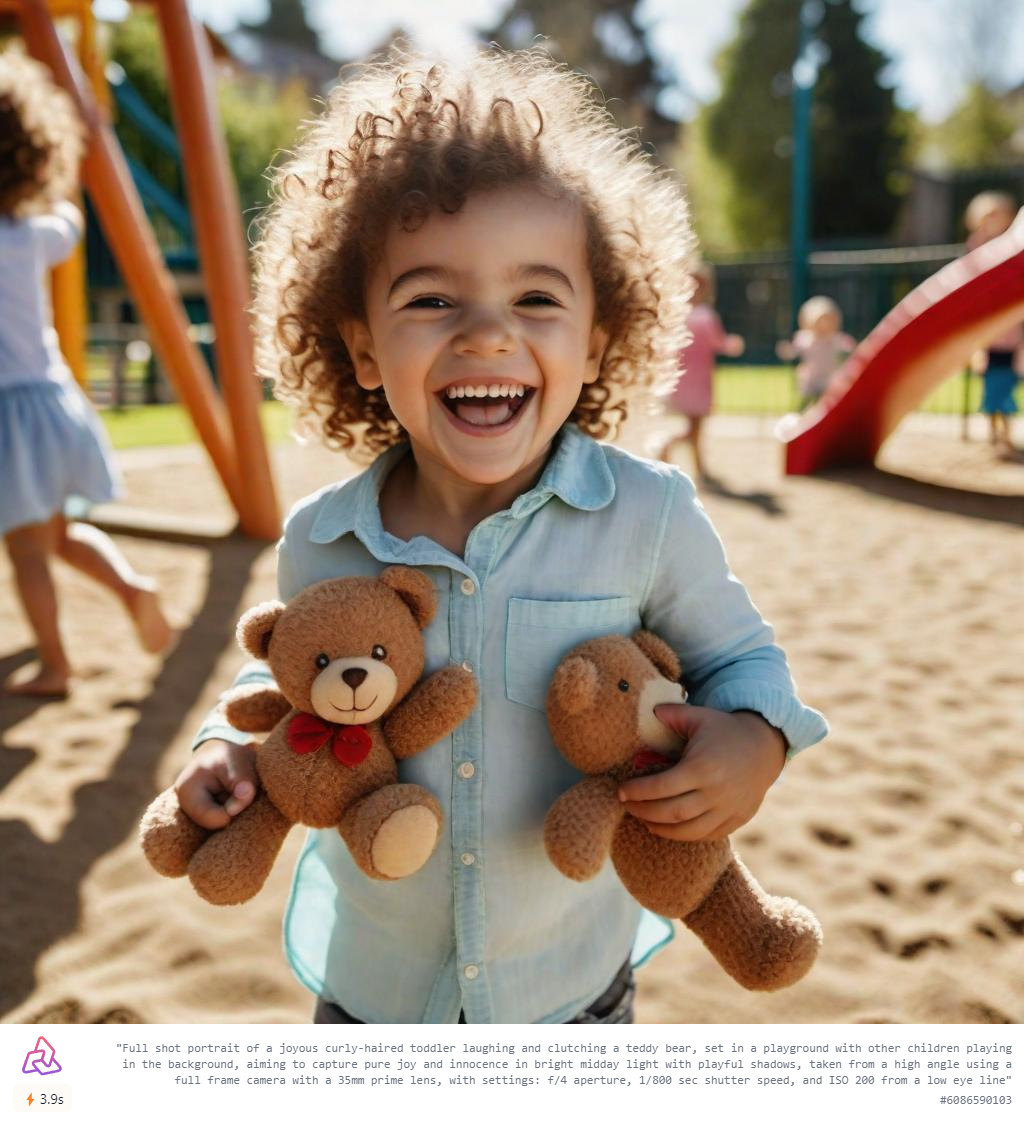
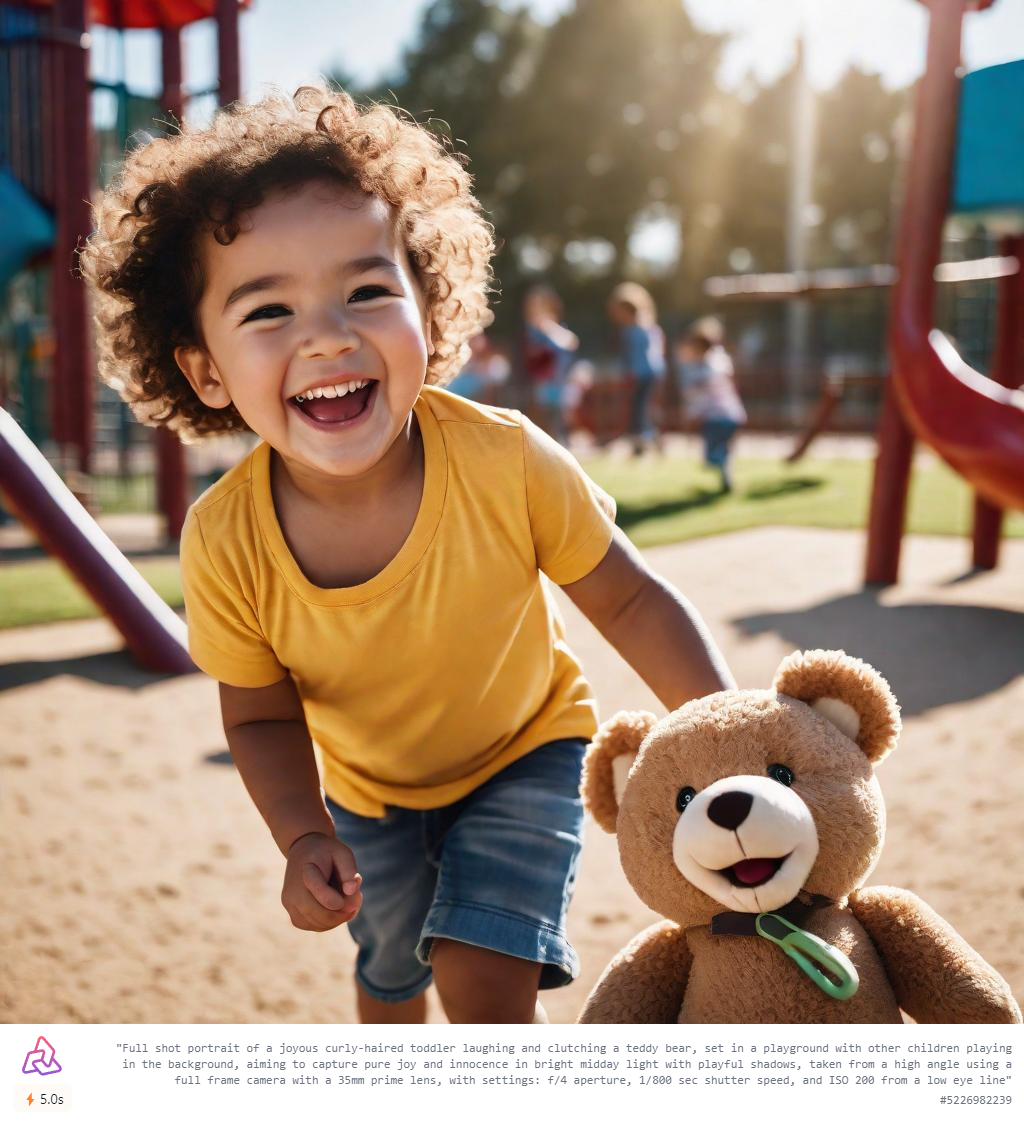
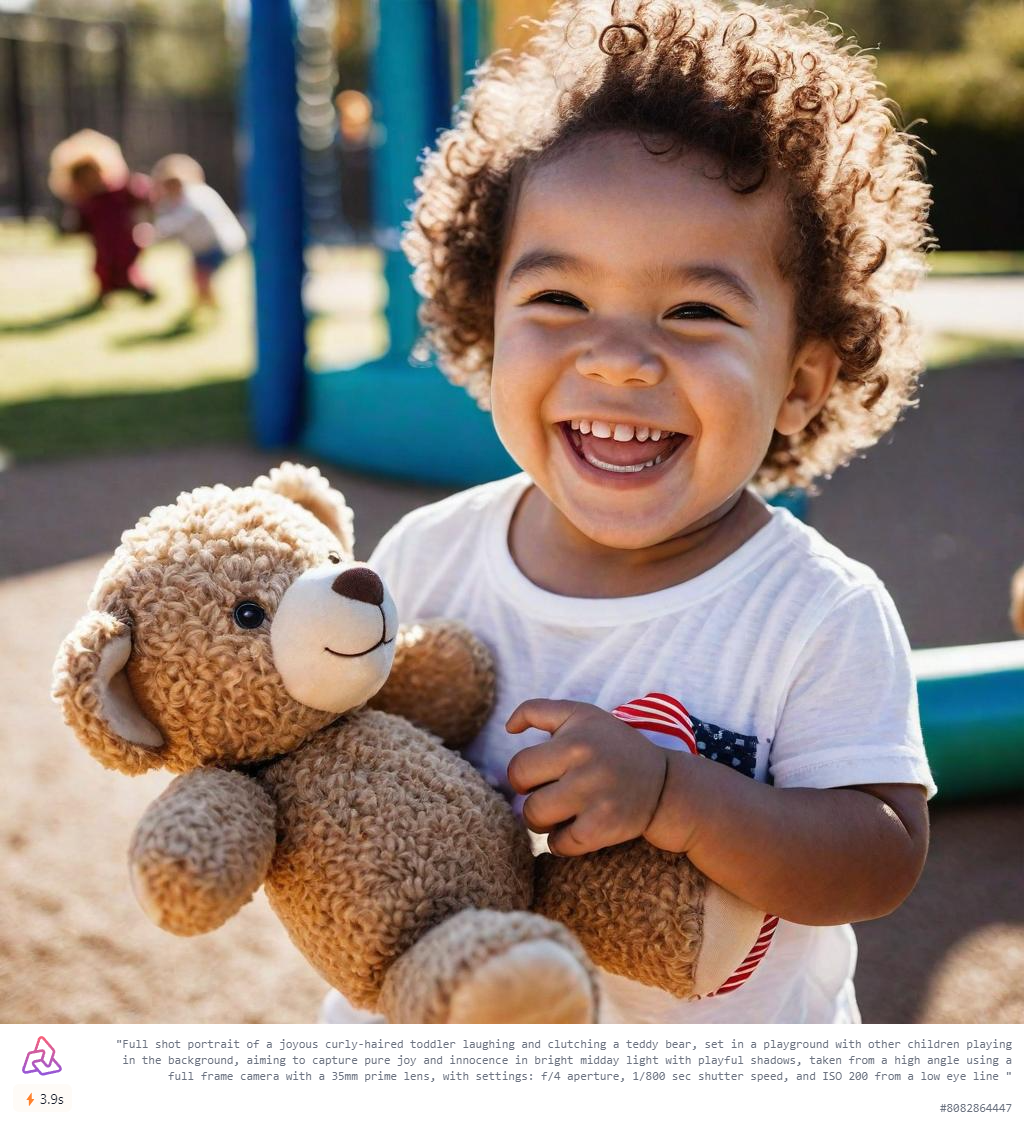
Styles of Photography
Lets explore various styles of photography, using the power of textual prompts. By examining specific examples, we'll see firsthand how the right words can guide Stable Diffusion XL to capture the essence and aesthetics of different photographic genres, bridging the gap between textual descriptions and visual masterpieces.
Landscape
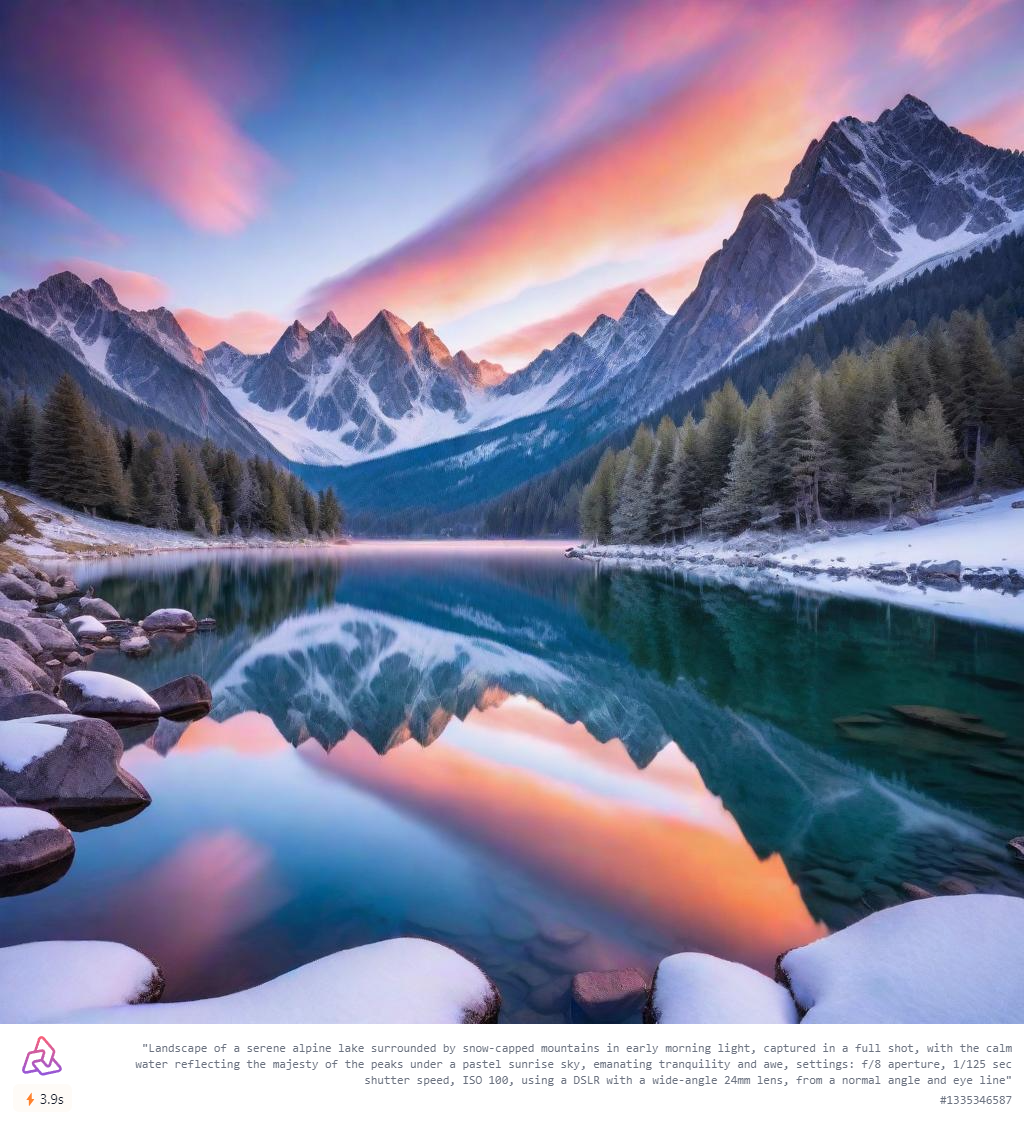
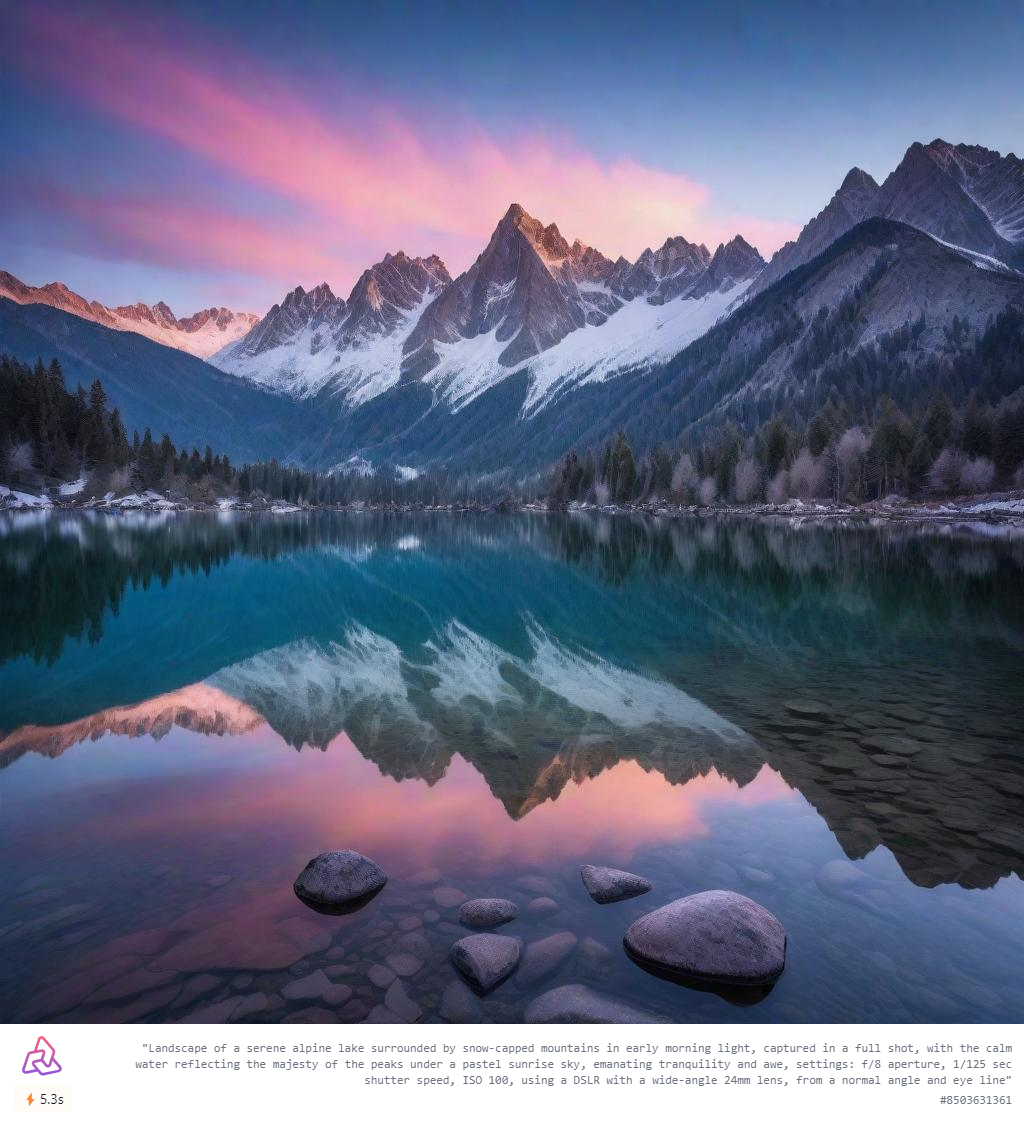
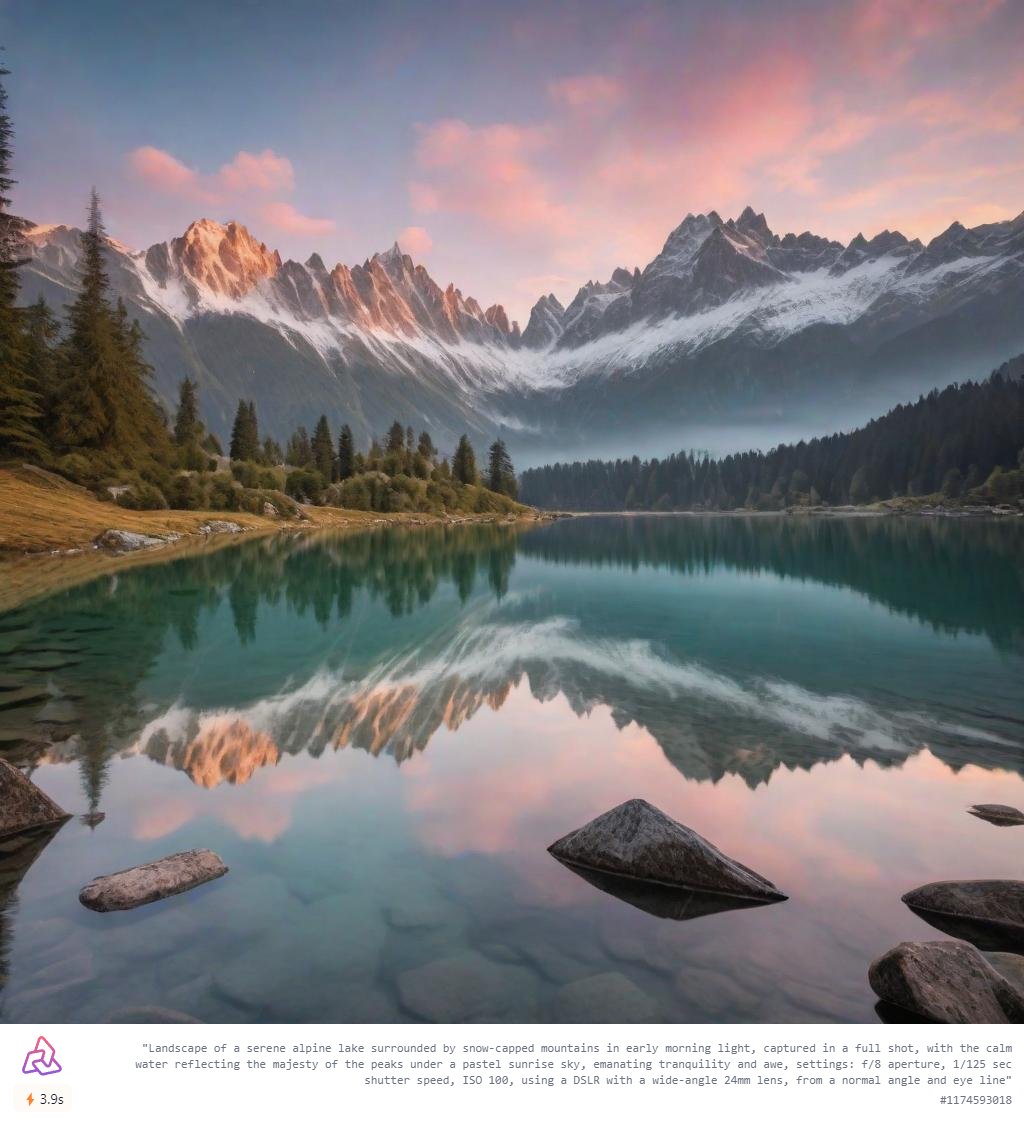
Portraiture
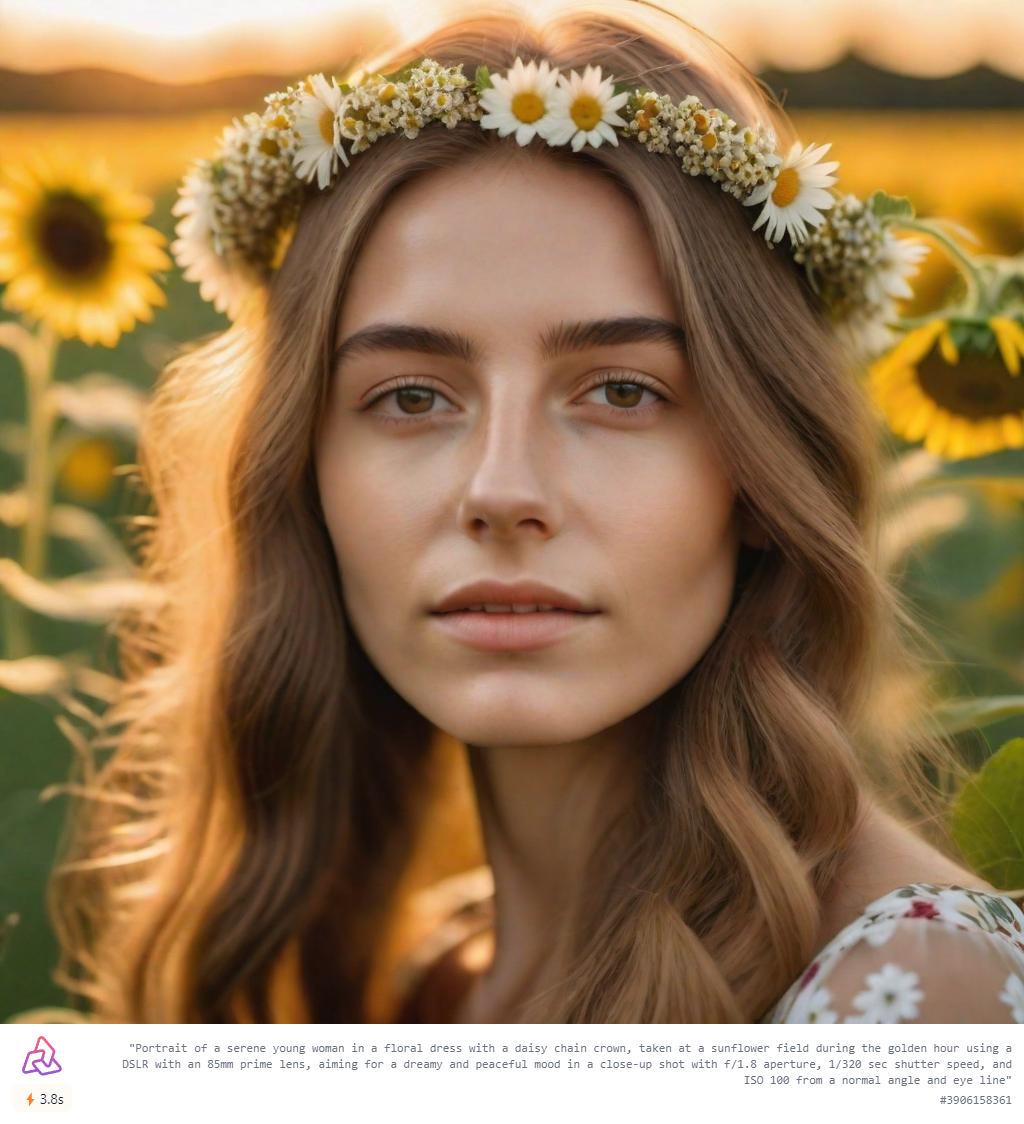
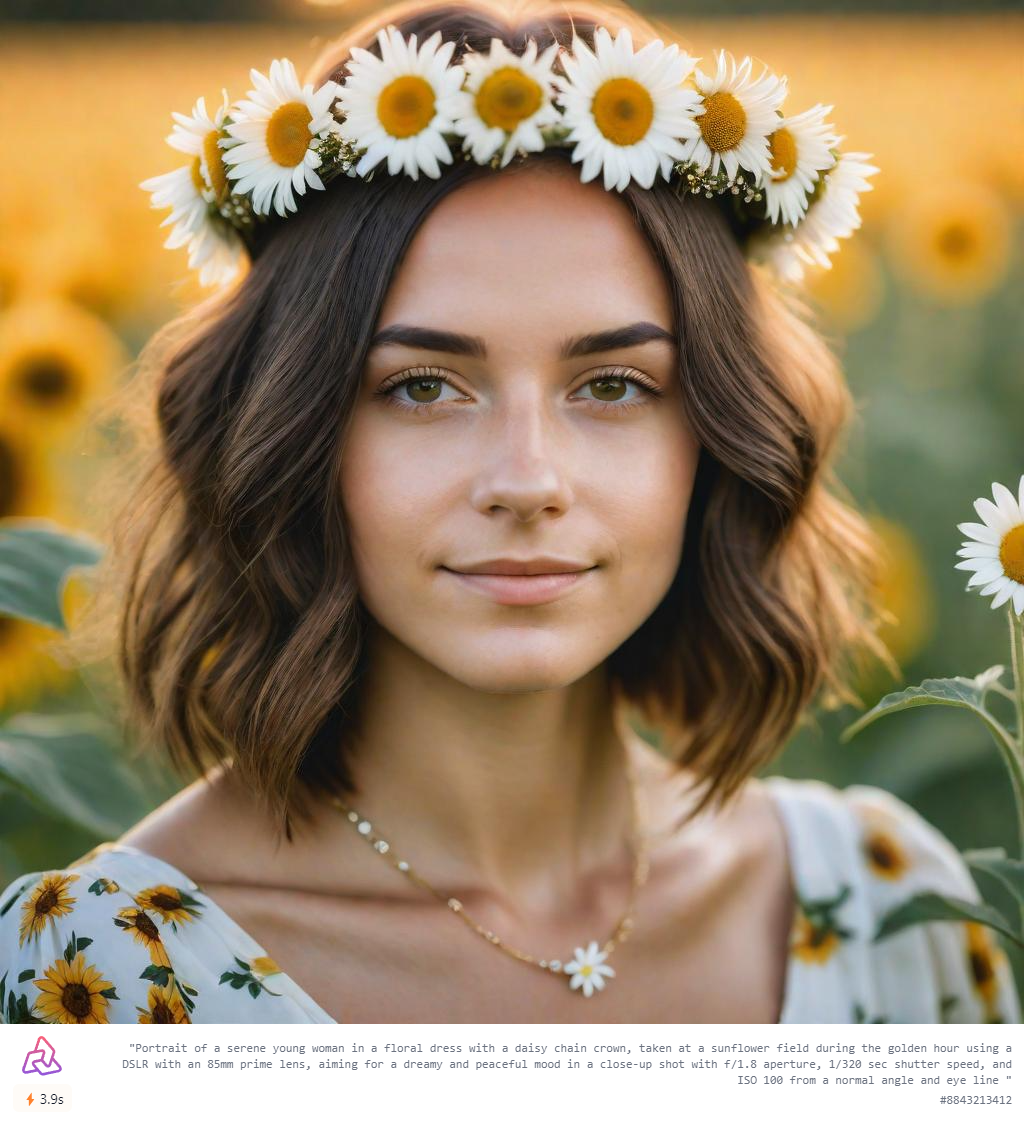
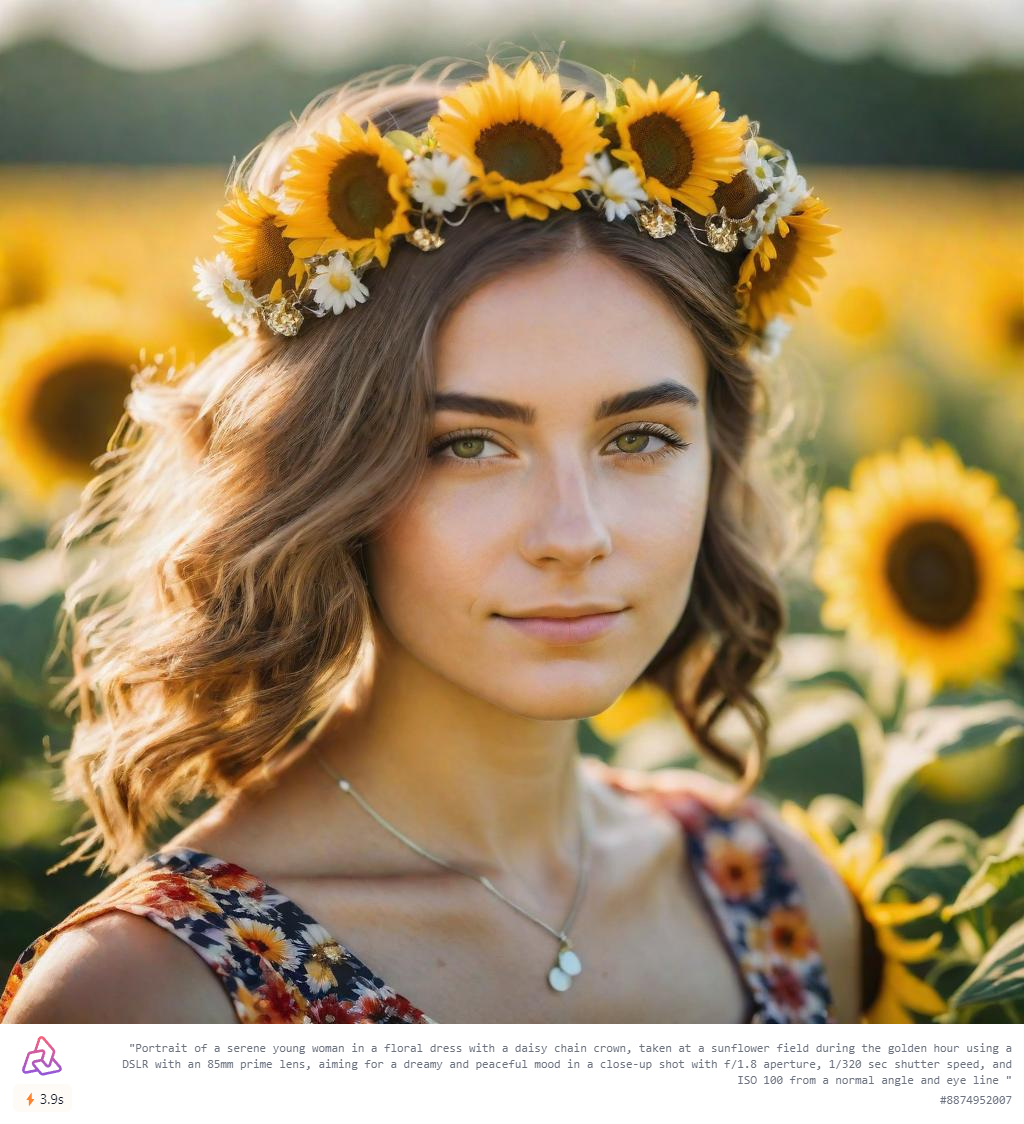
Macro Photography
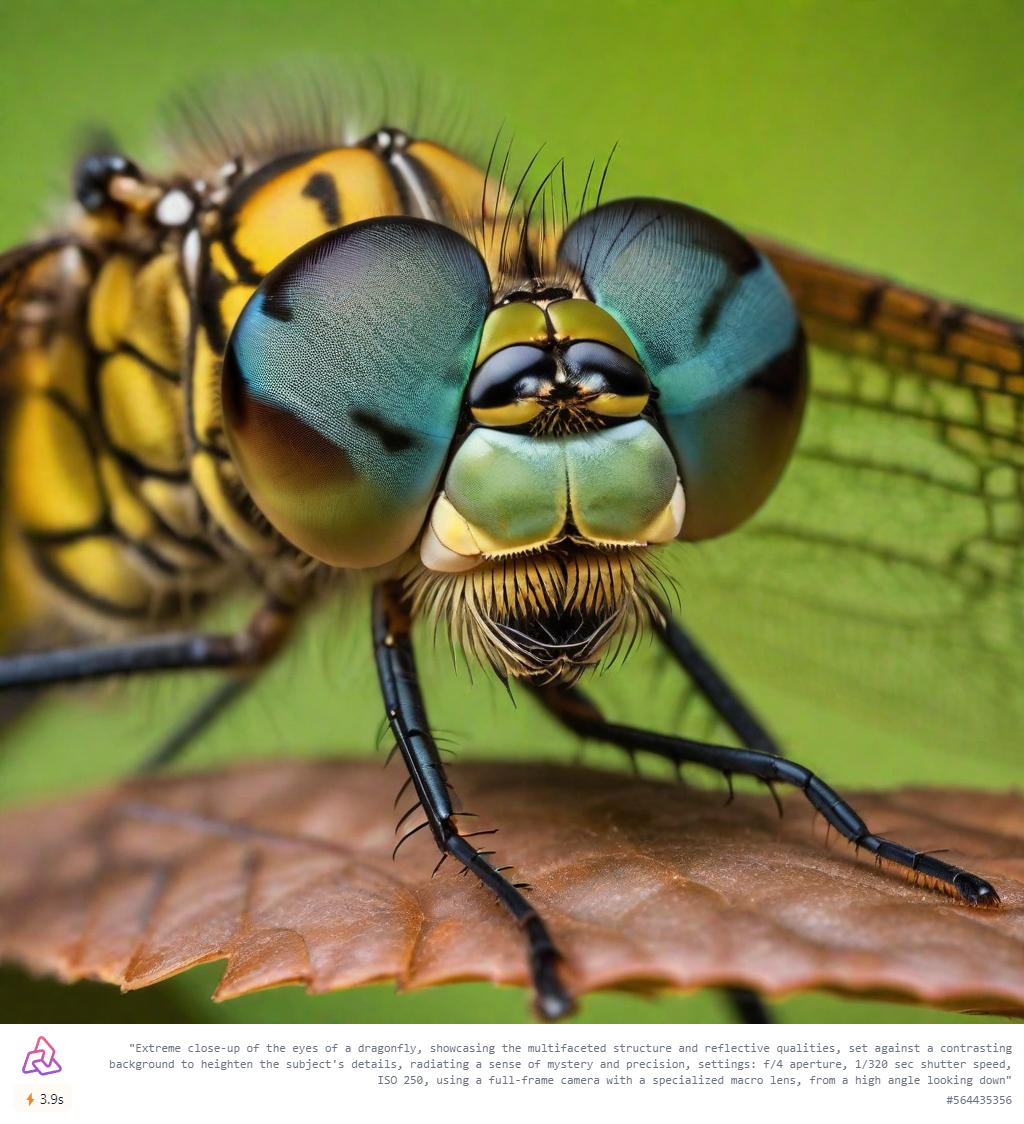
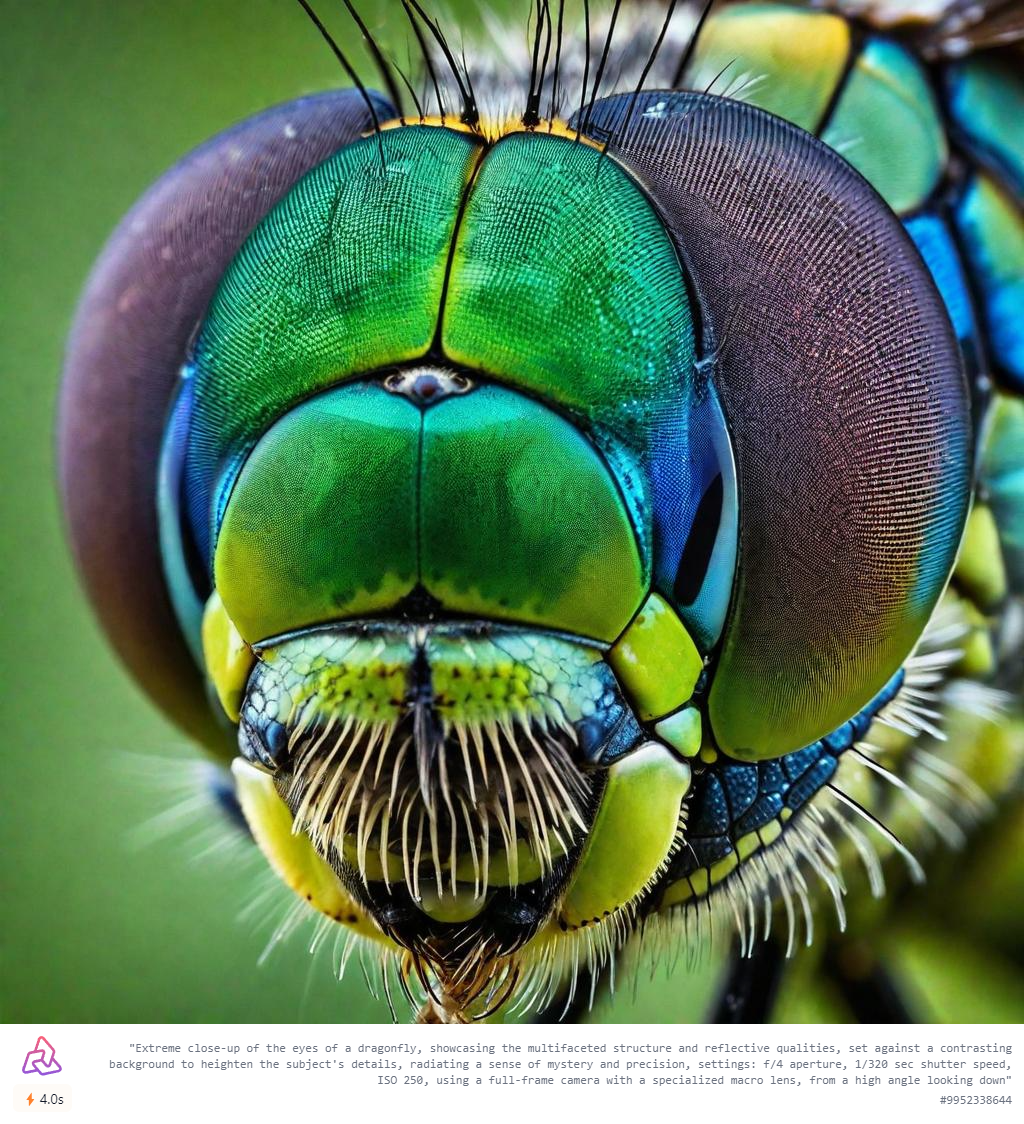
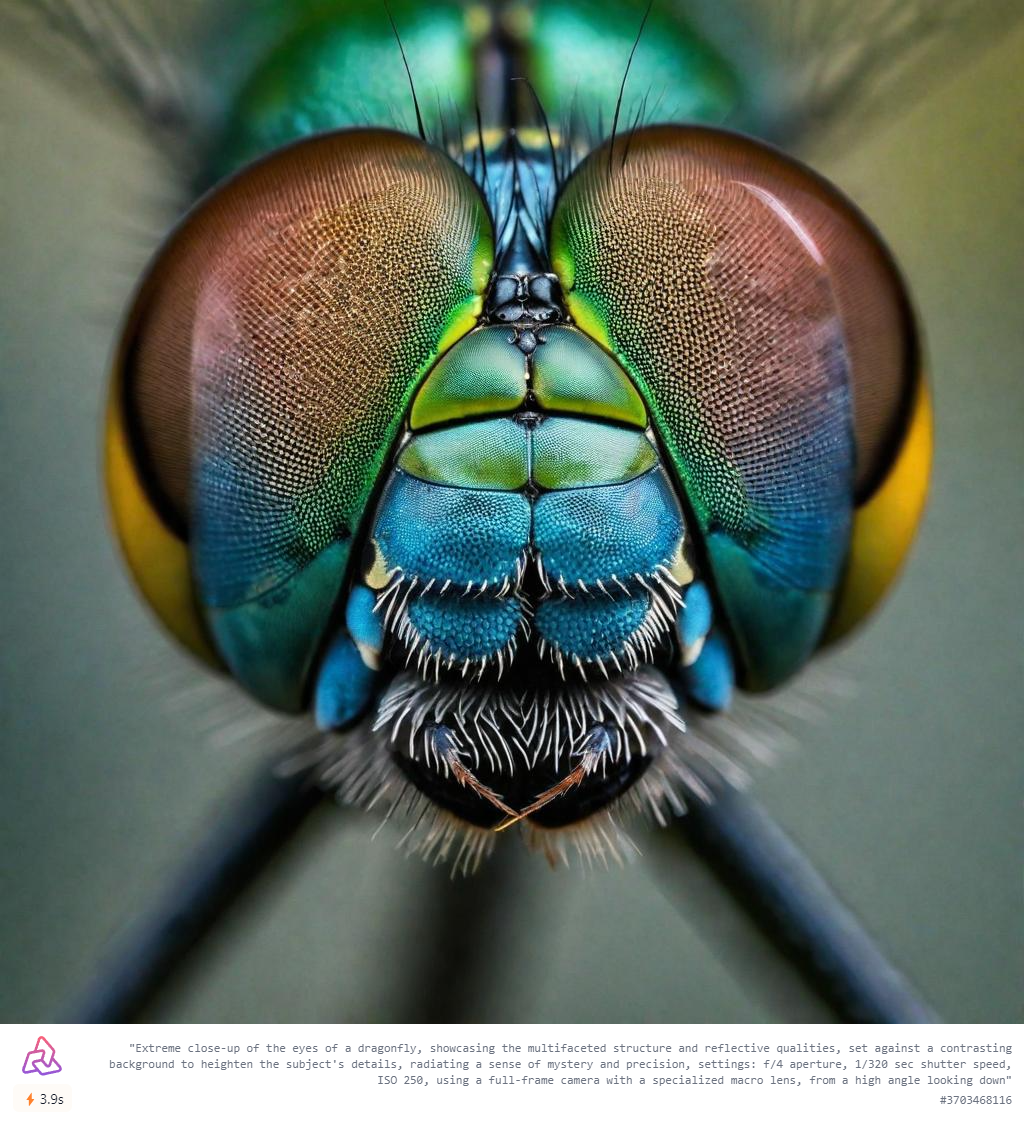
Action Photography
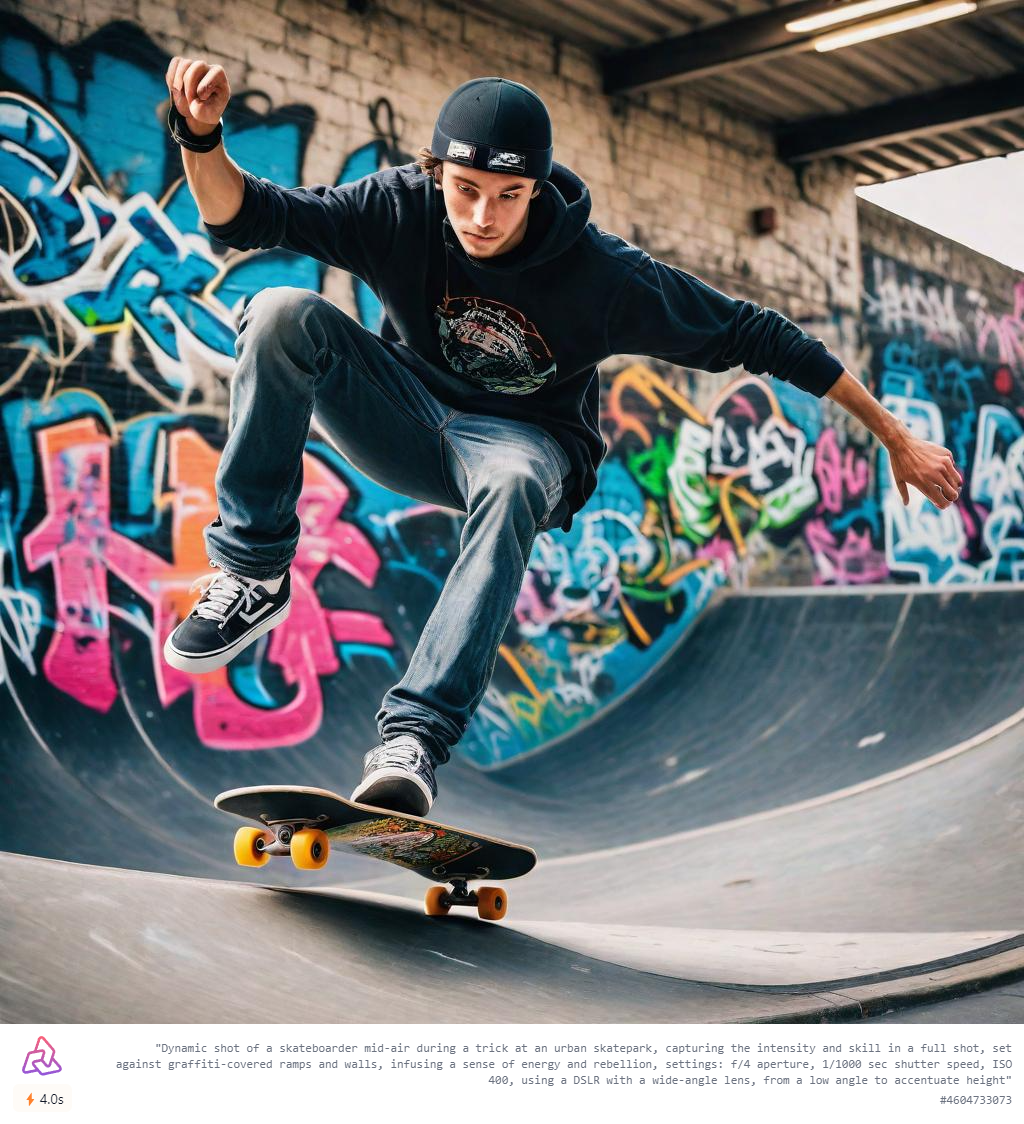

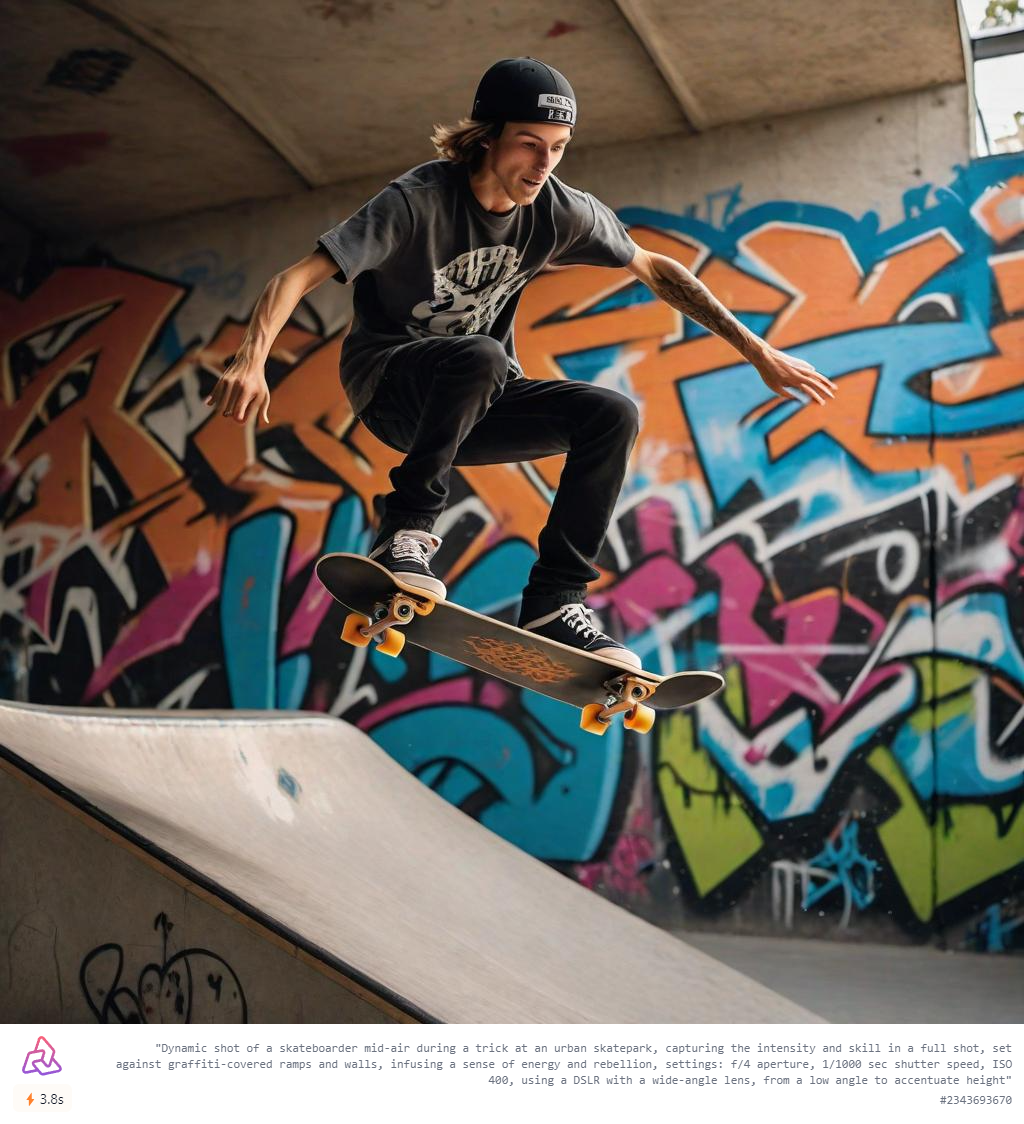
Wildlife Photography
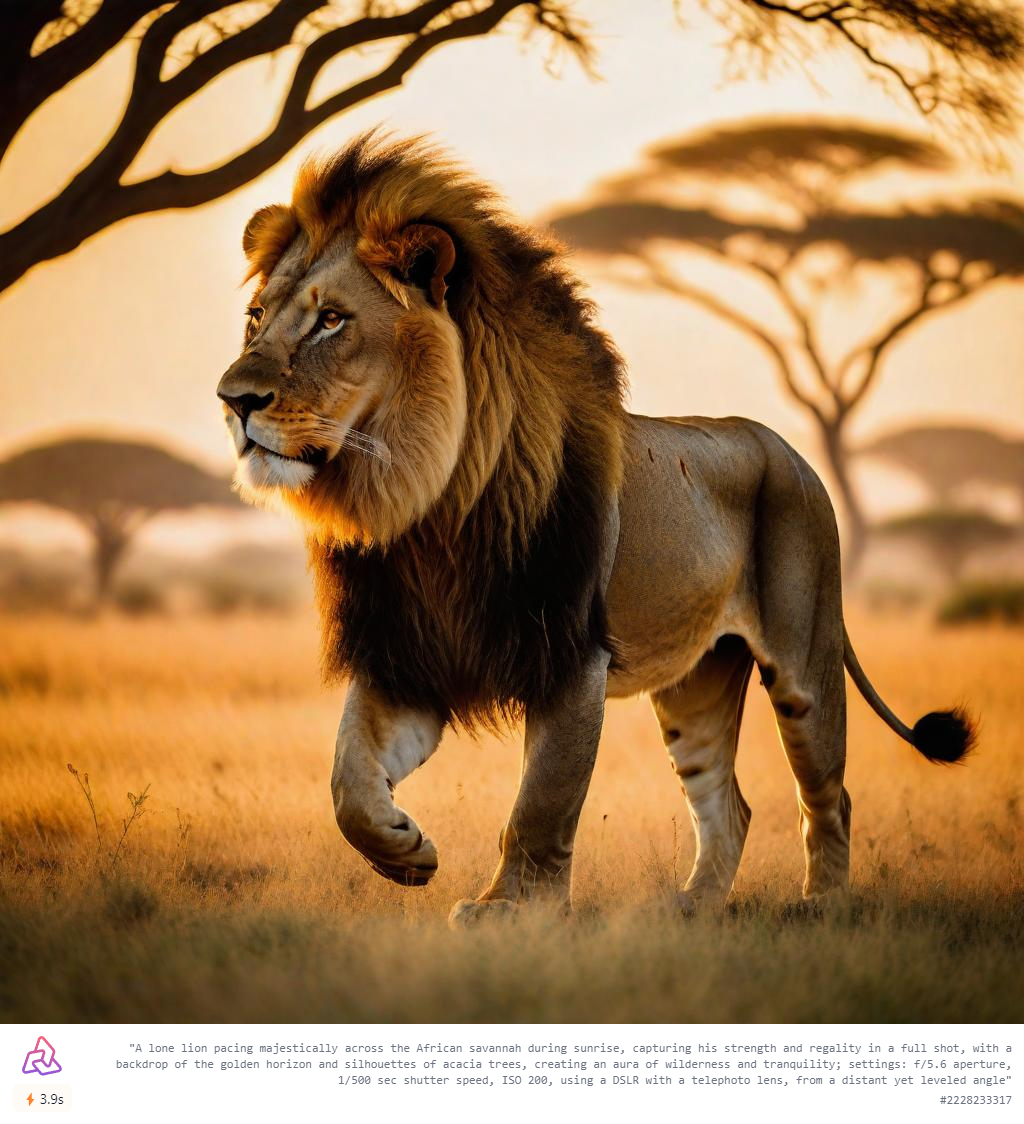
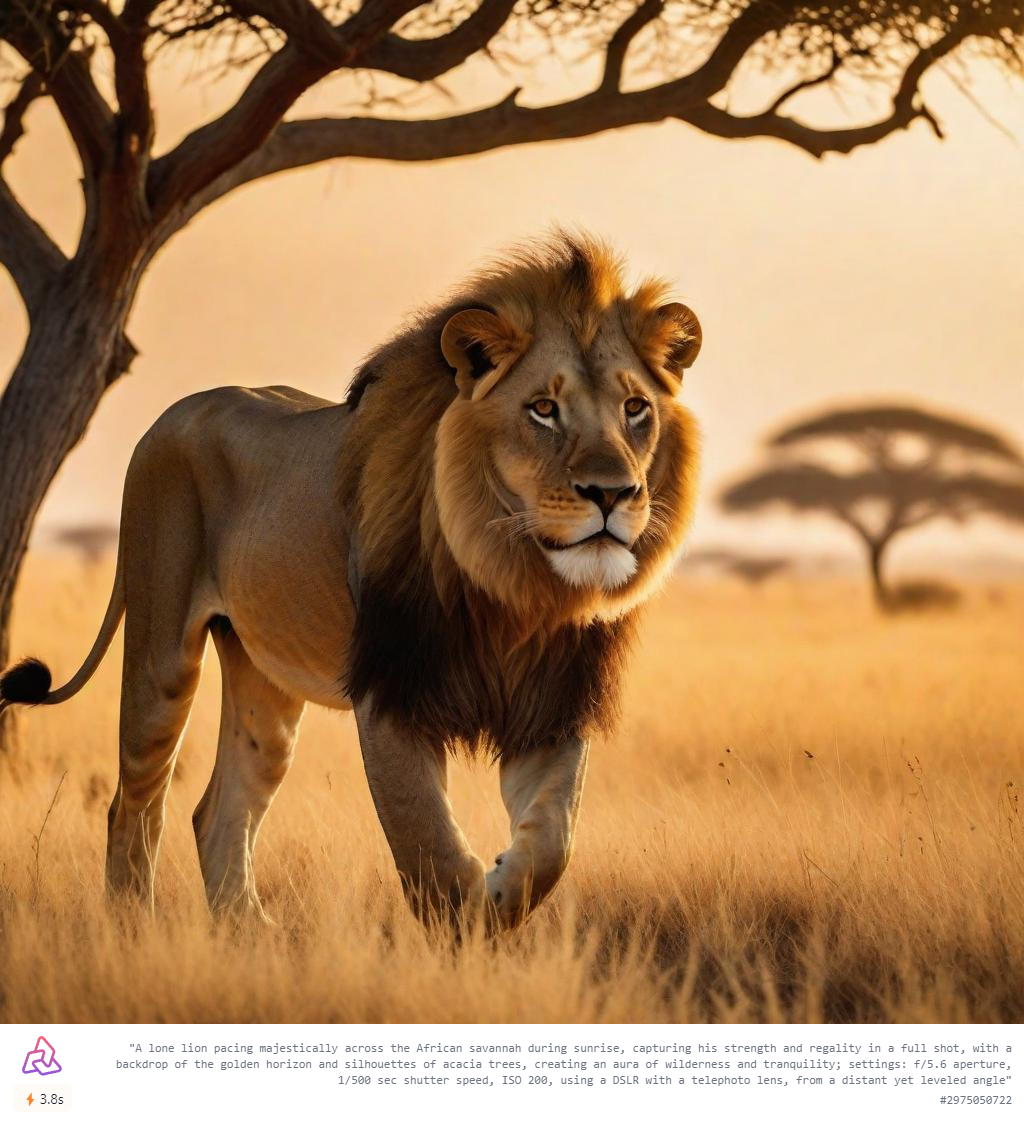
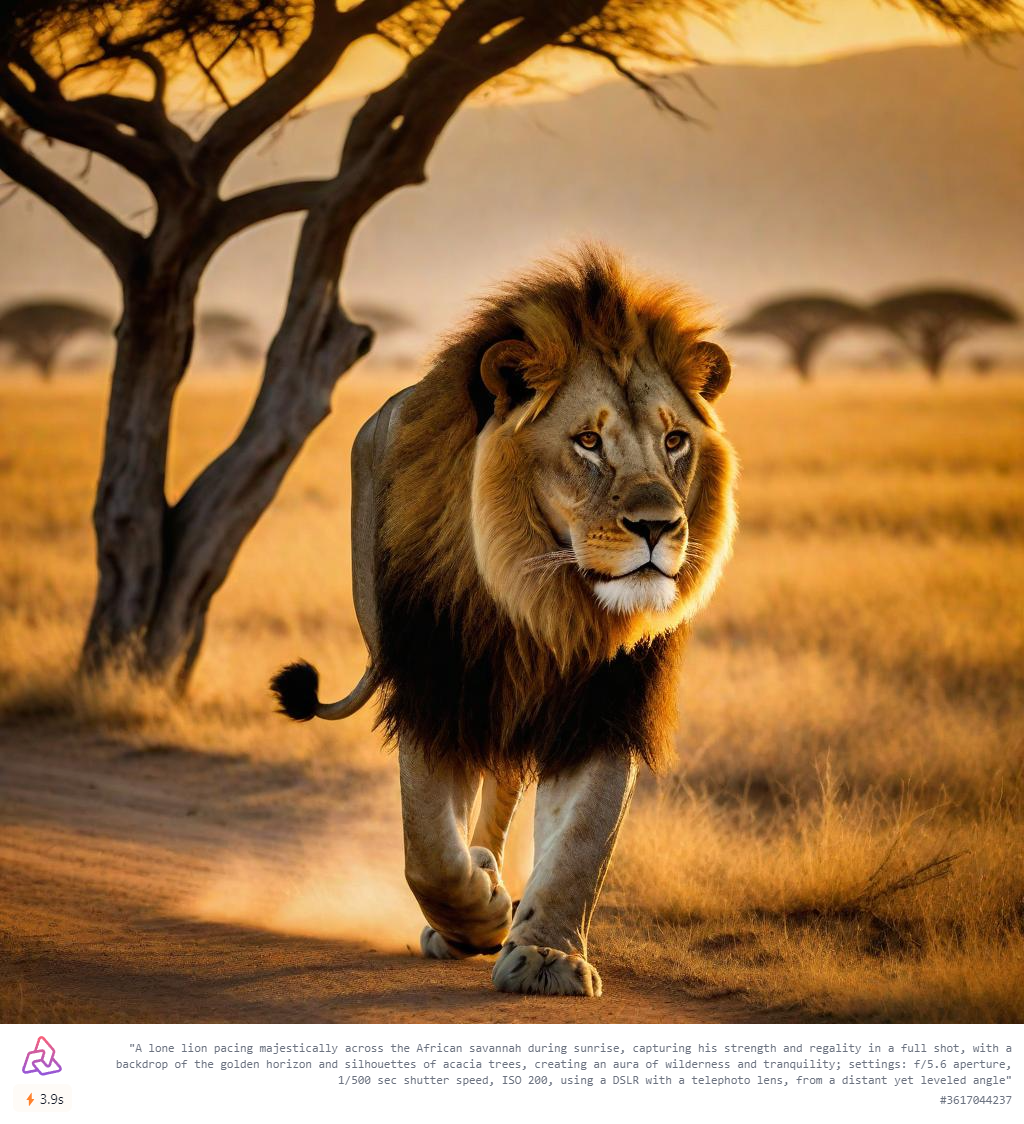
Astro Photography
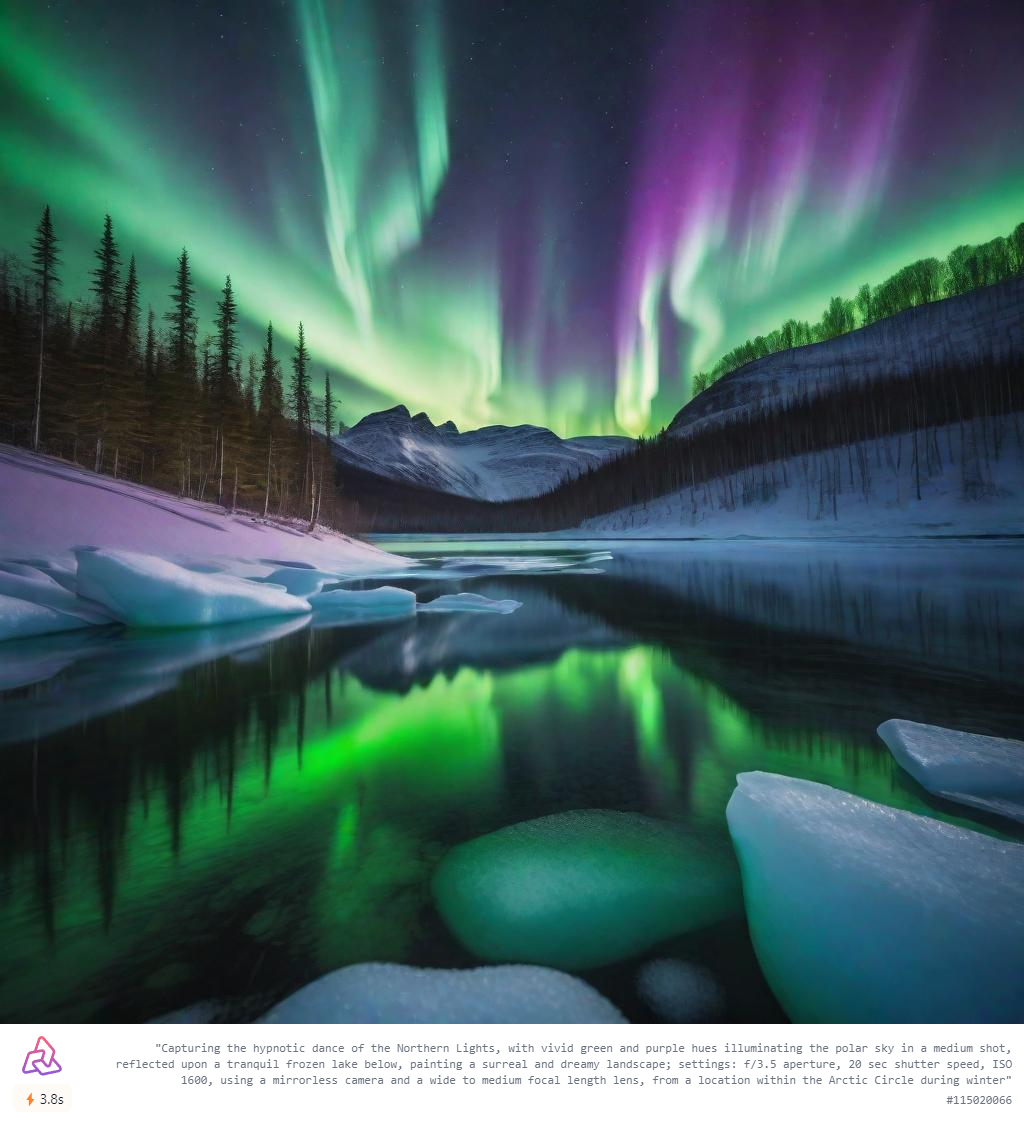
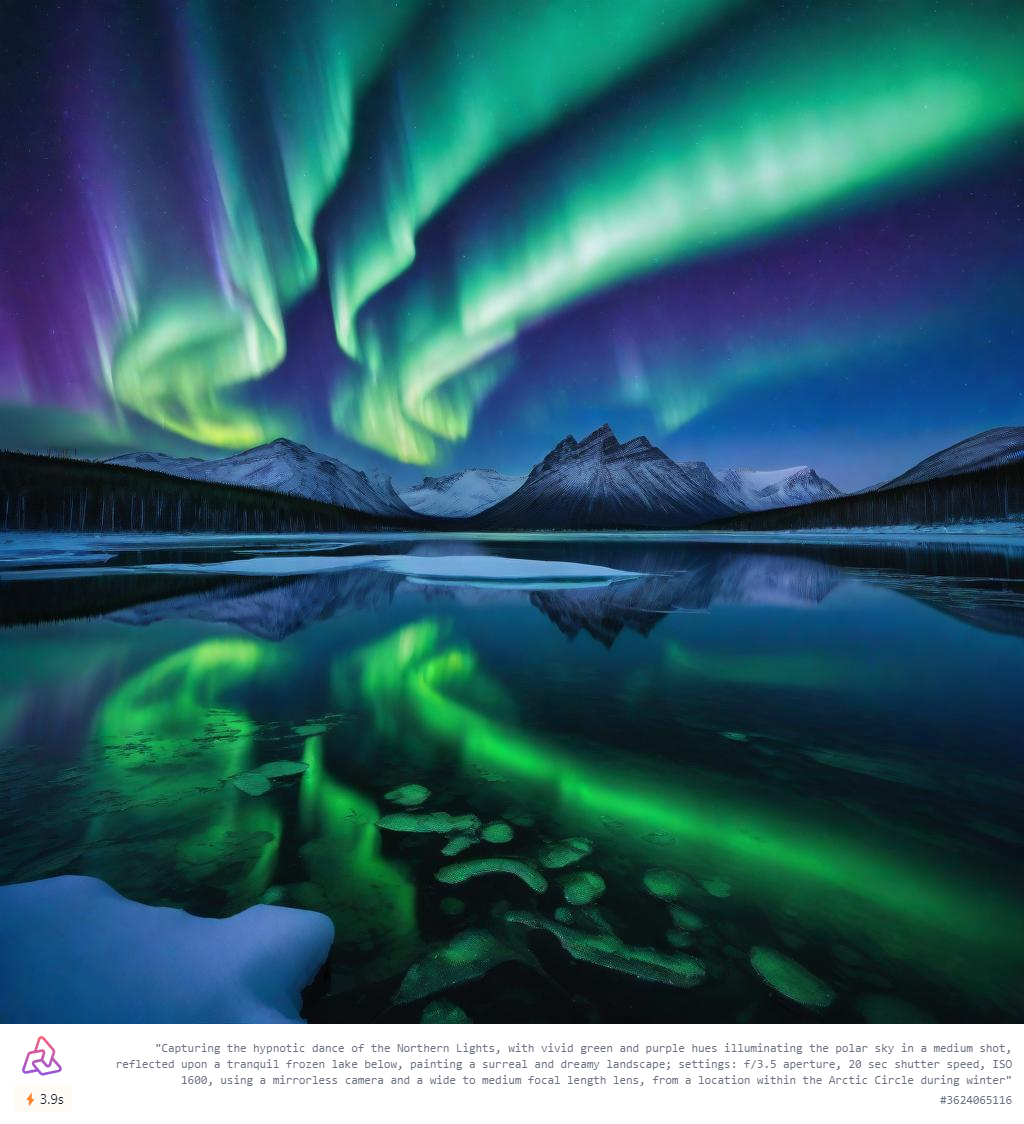
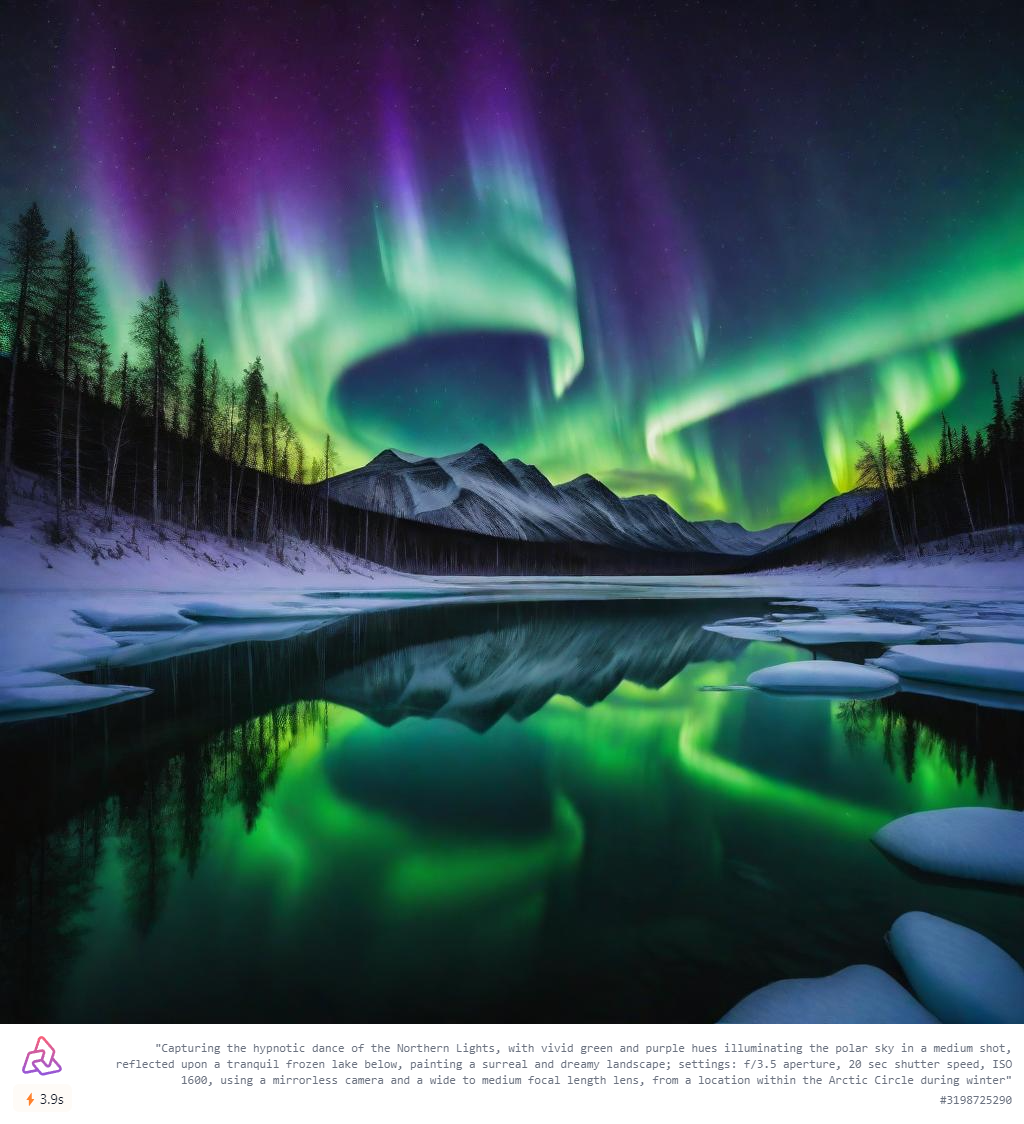
Long Exposure Photography
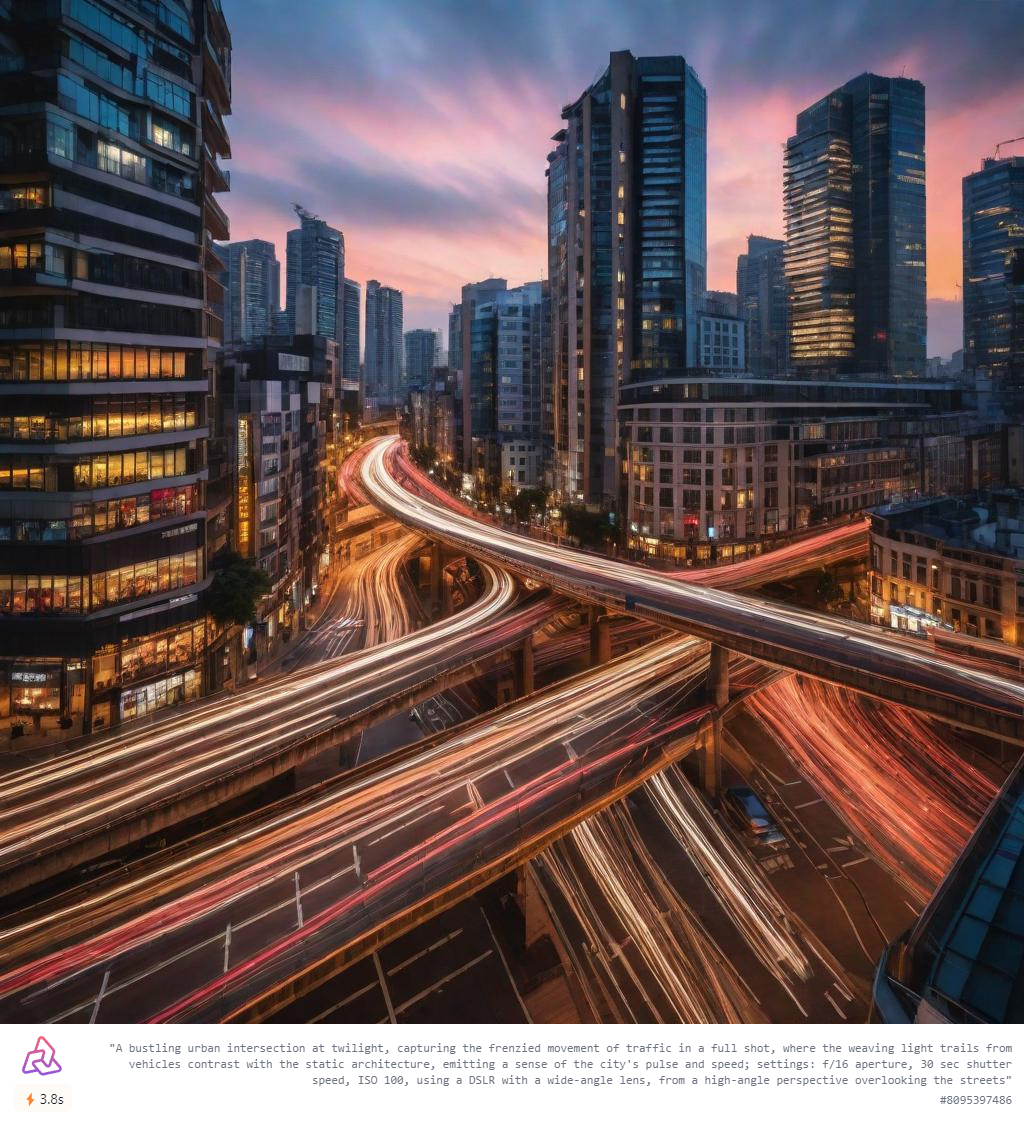
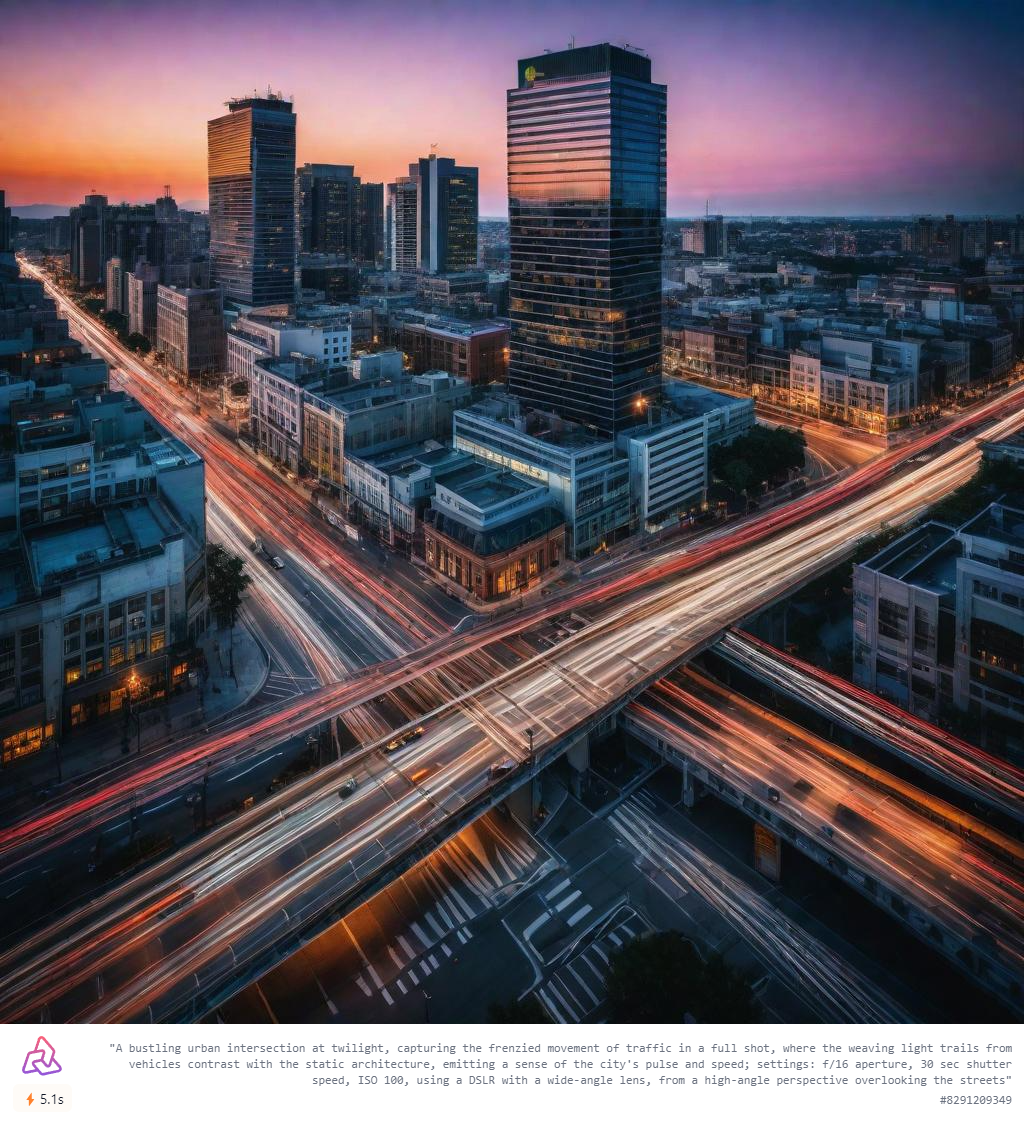
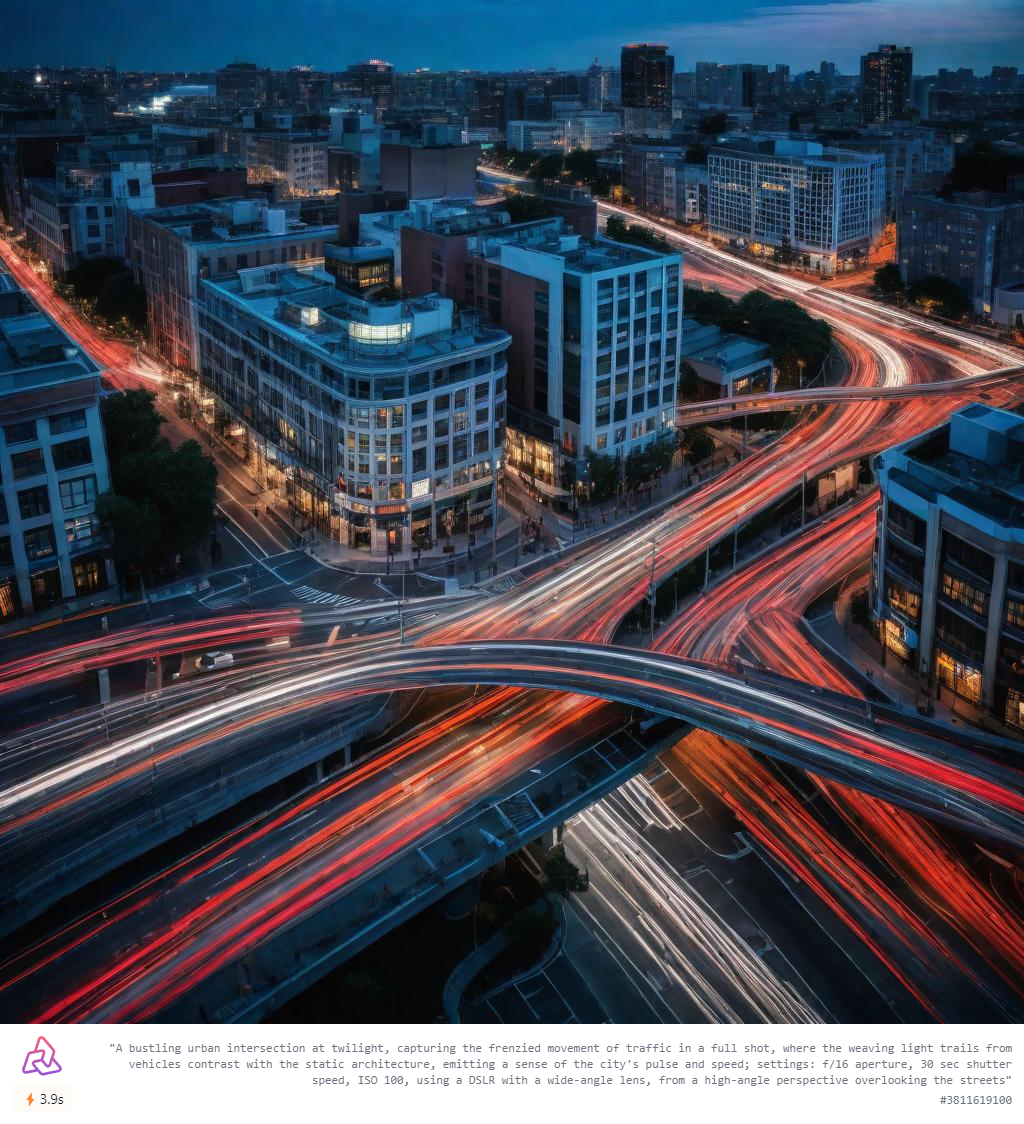
Street Photography
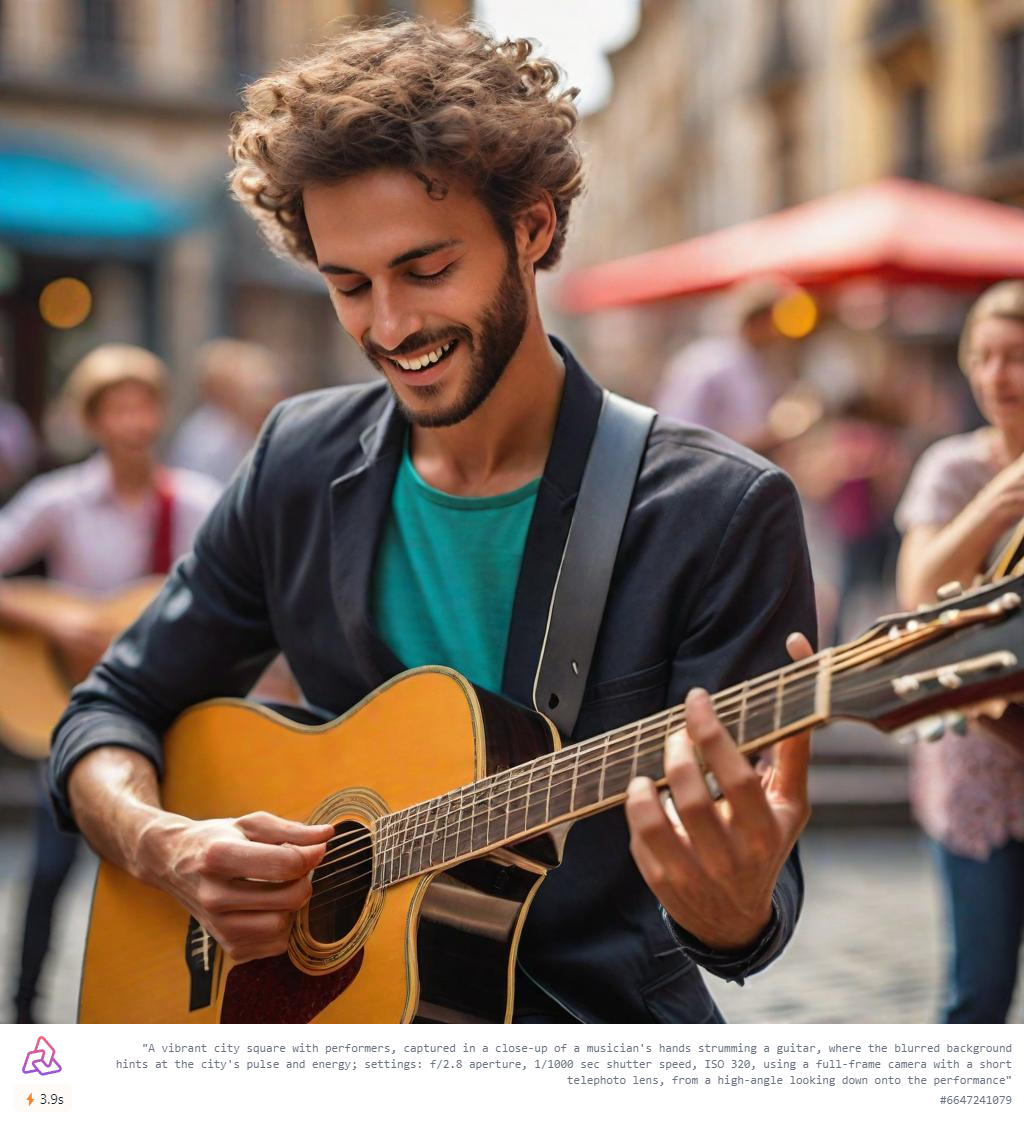
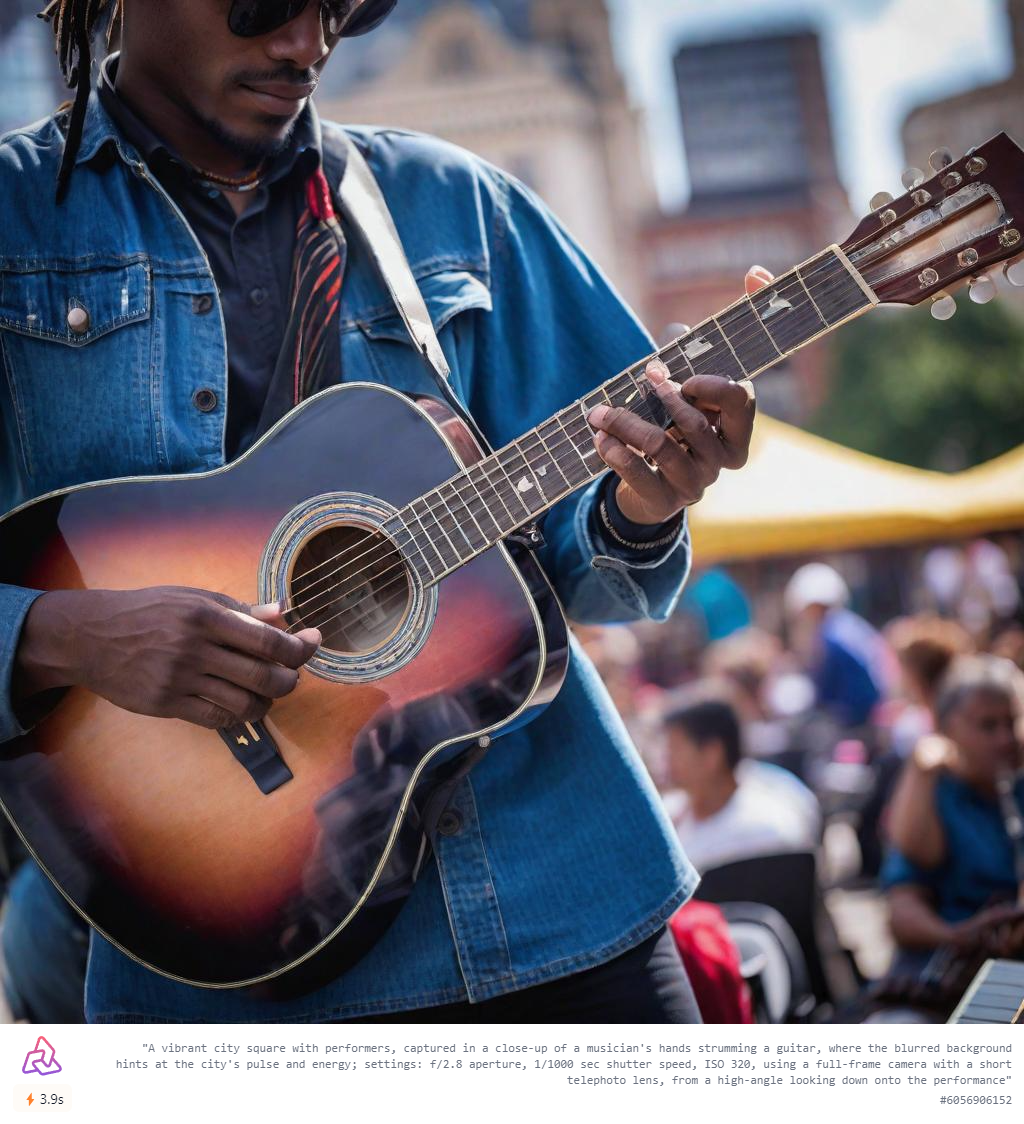
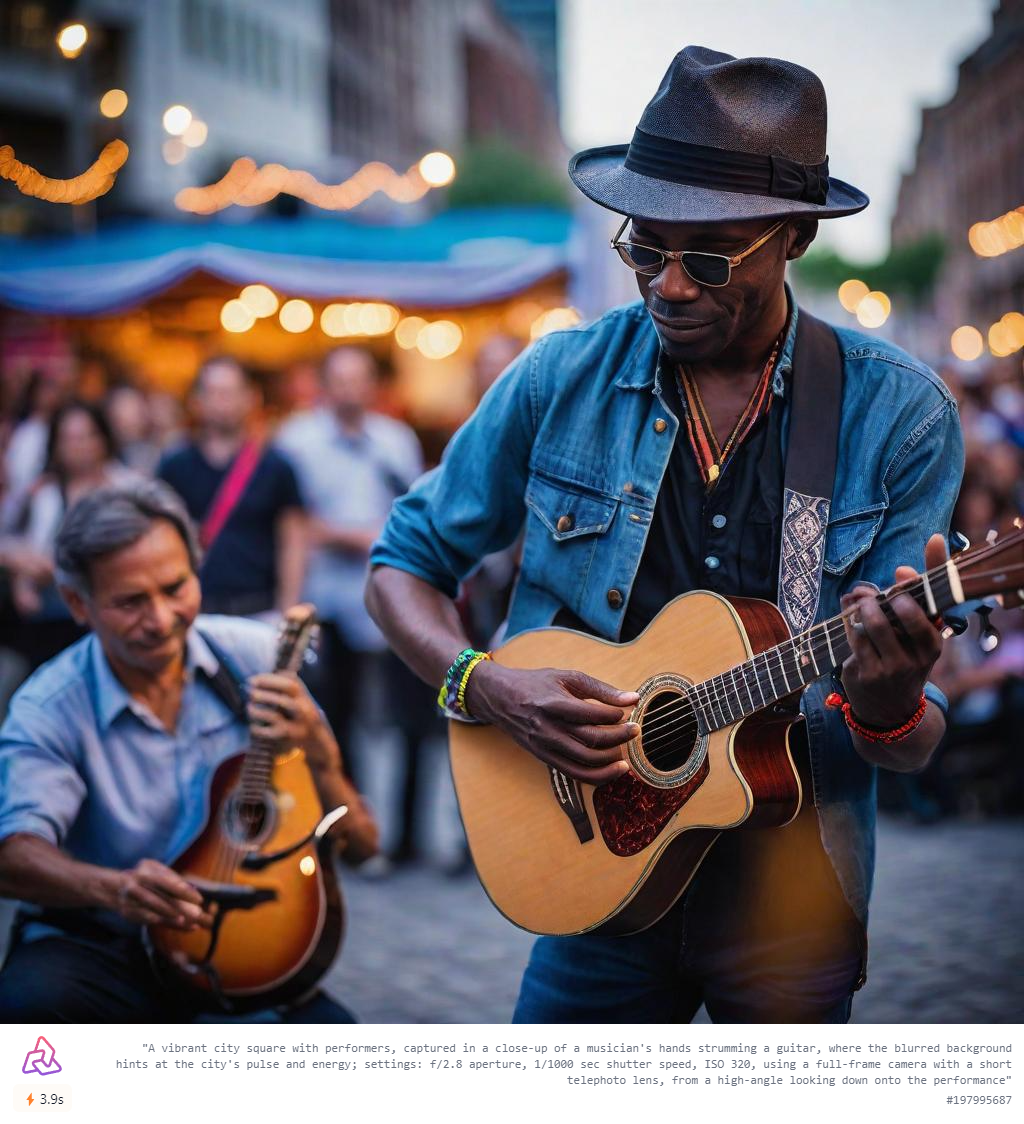
Fashion Photography

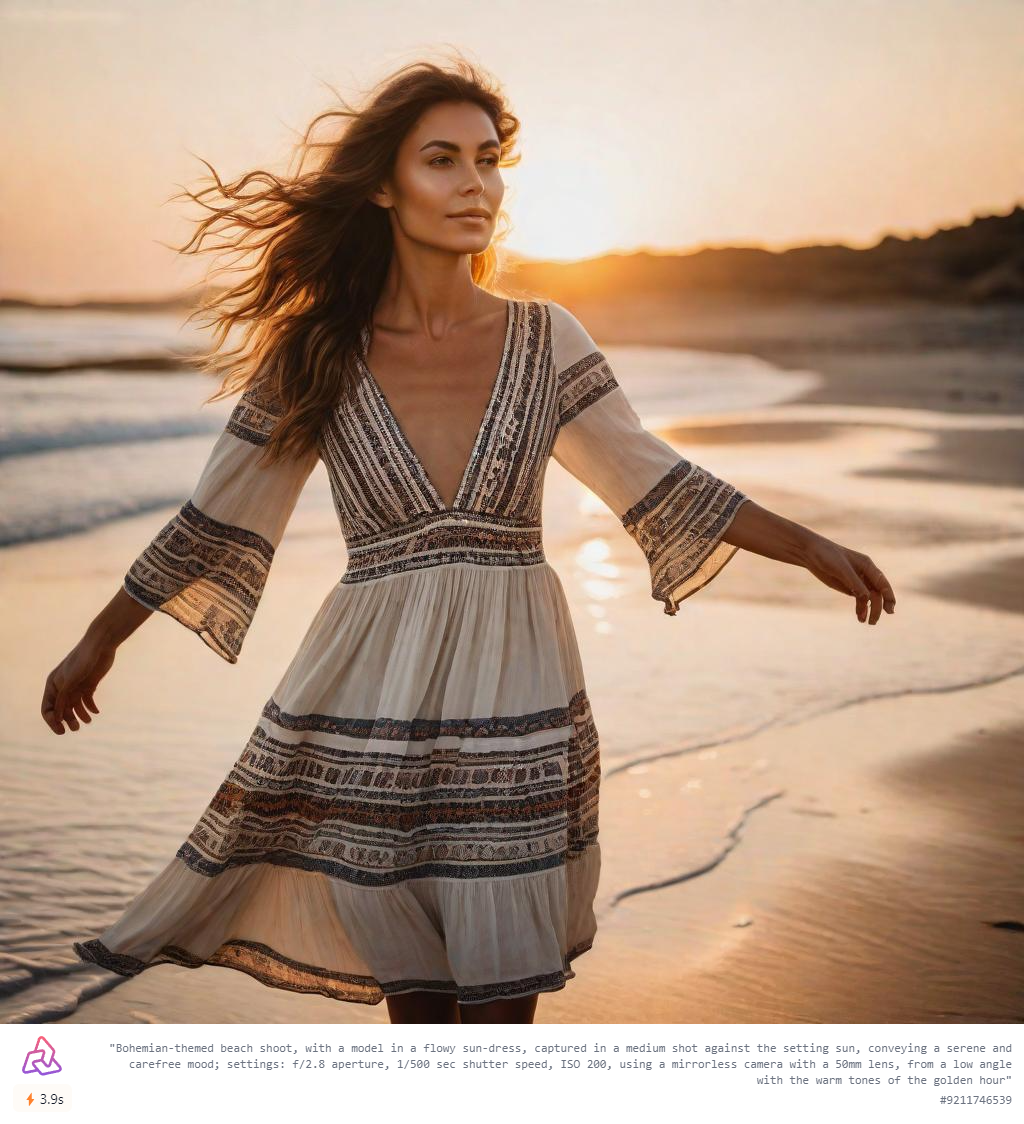
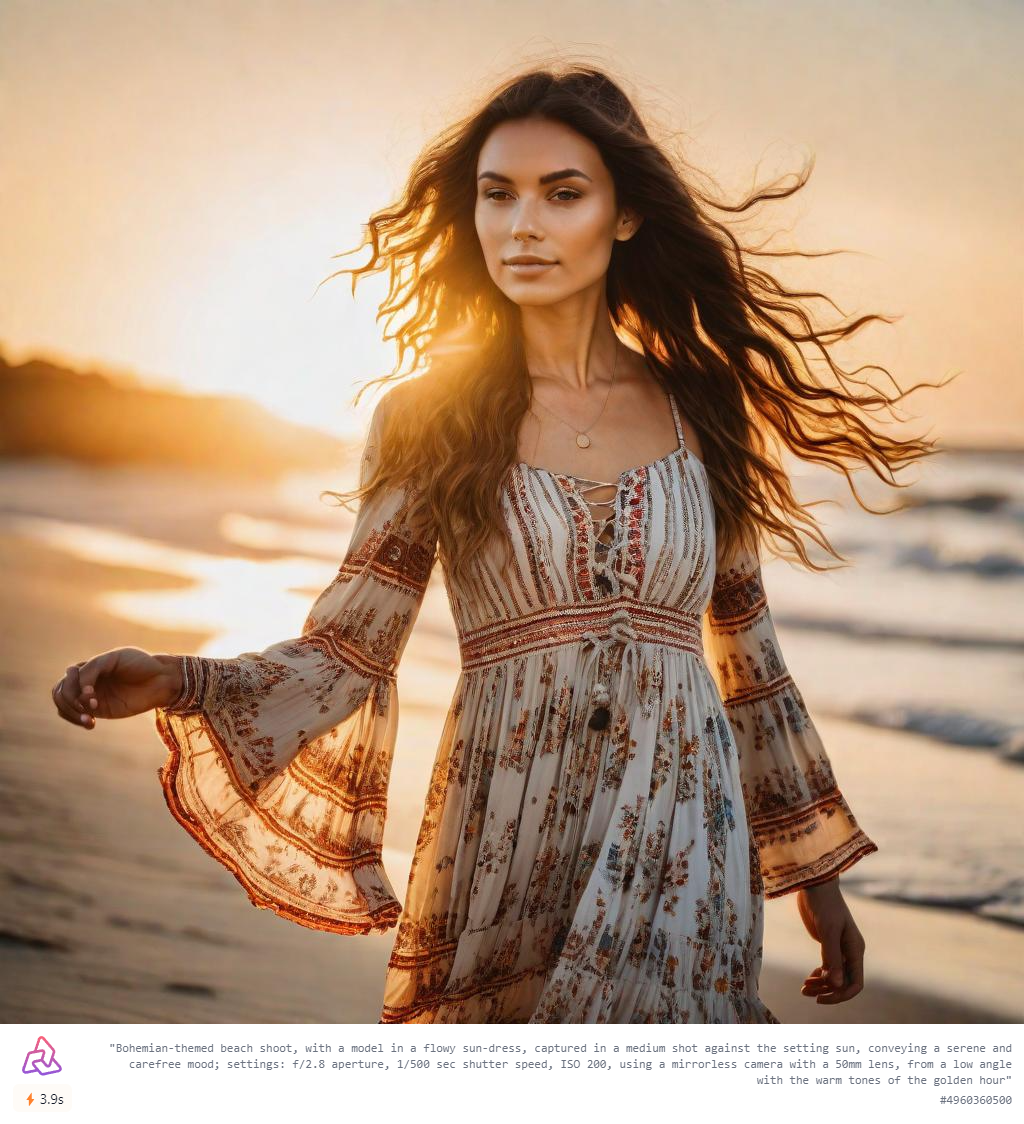
Conclusion:
So, what have we learned? Well, the world of photography is evolving, and with tools like Stable Diffusion XL, we're stepping into a space where we can turn simple text into stunning visuals. By understanding and using photography concepts, we can guide this AI to create images that feel real and tell a story. It's like having a camera in our minds, where our words set the scene, and the AI captures the shot.

